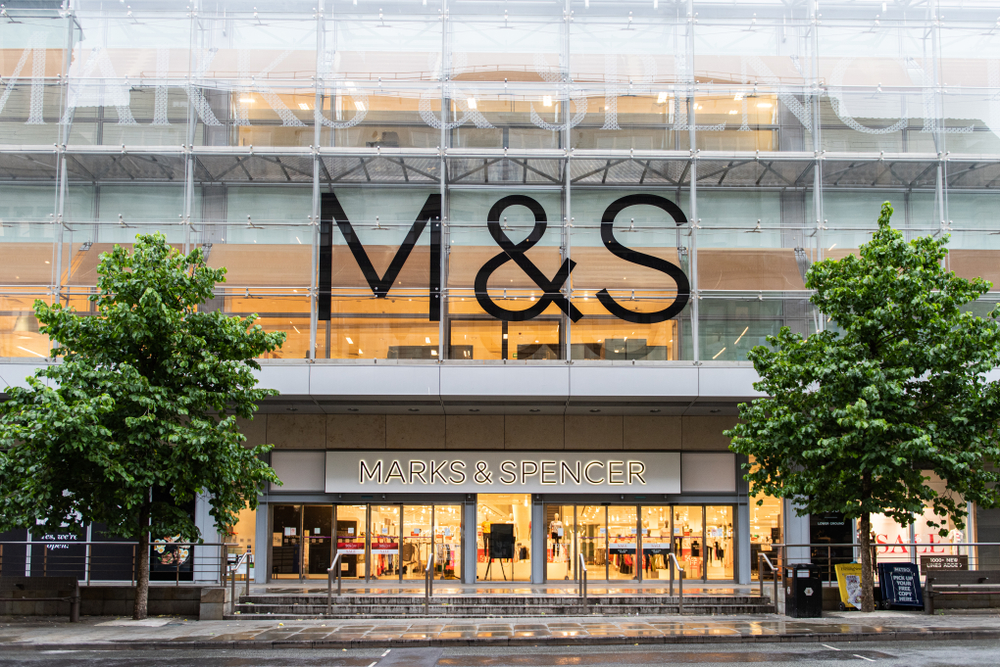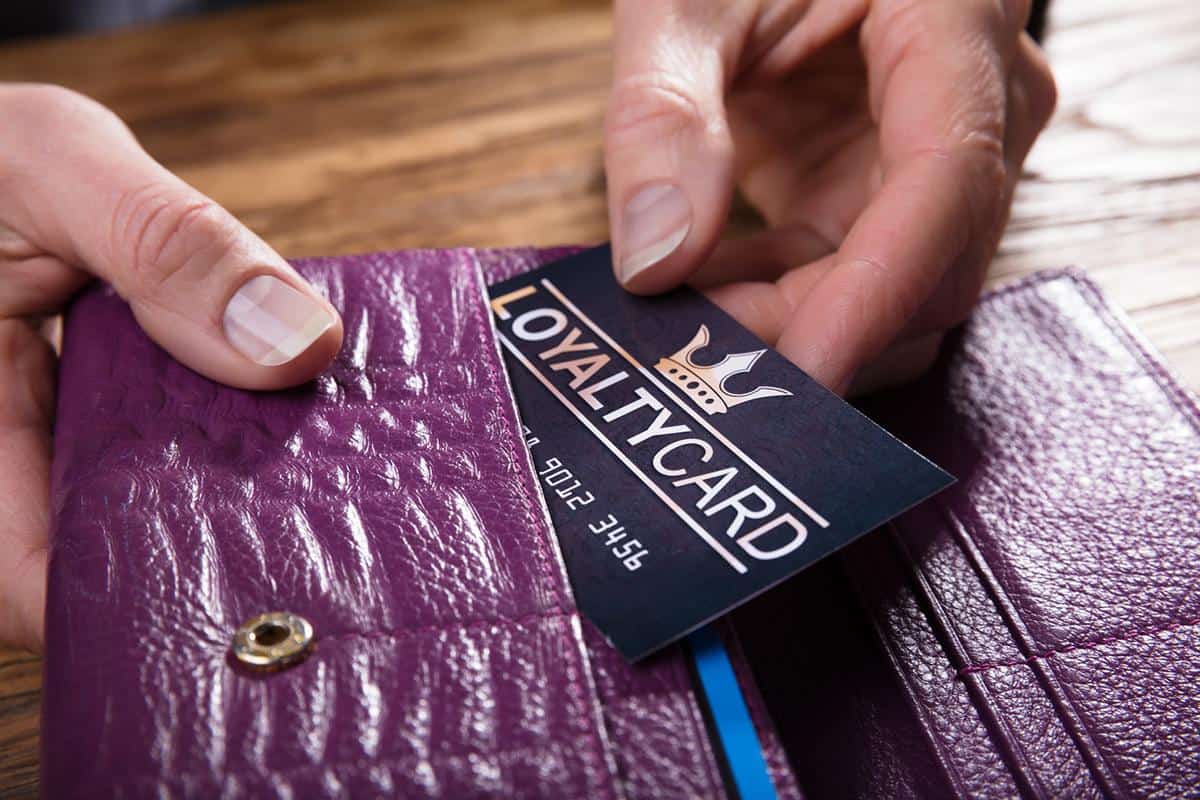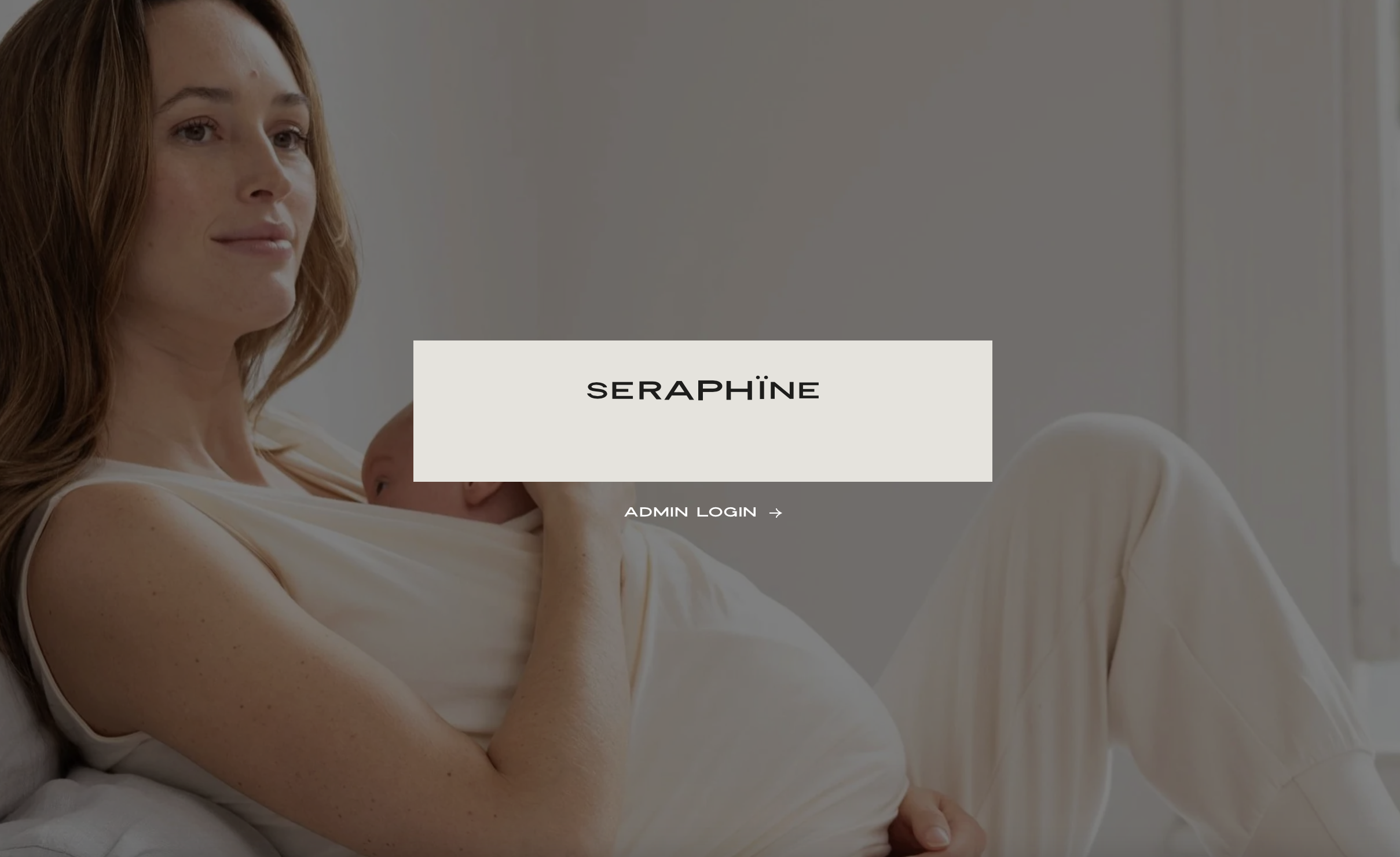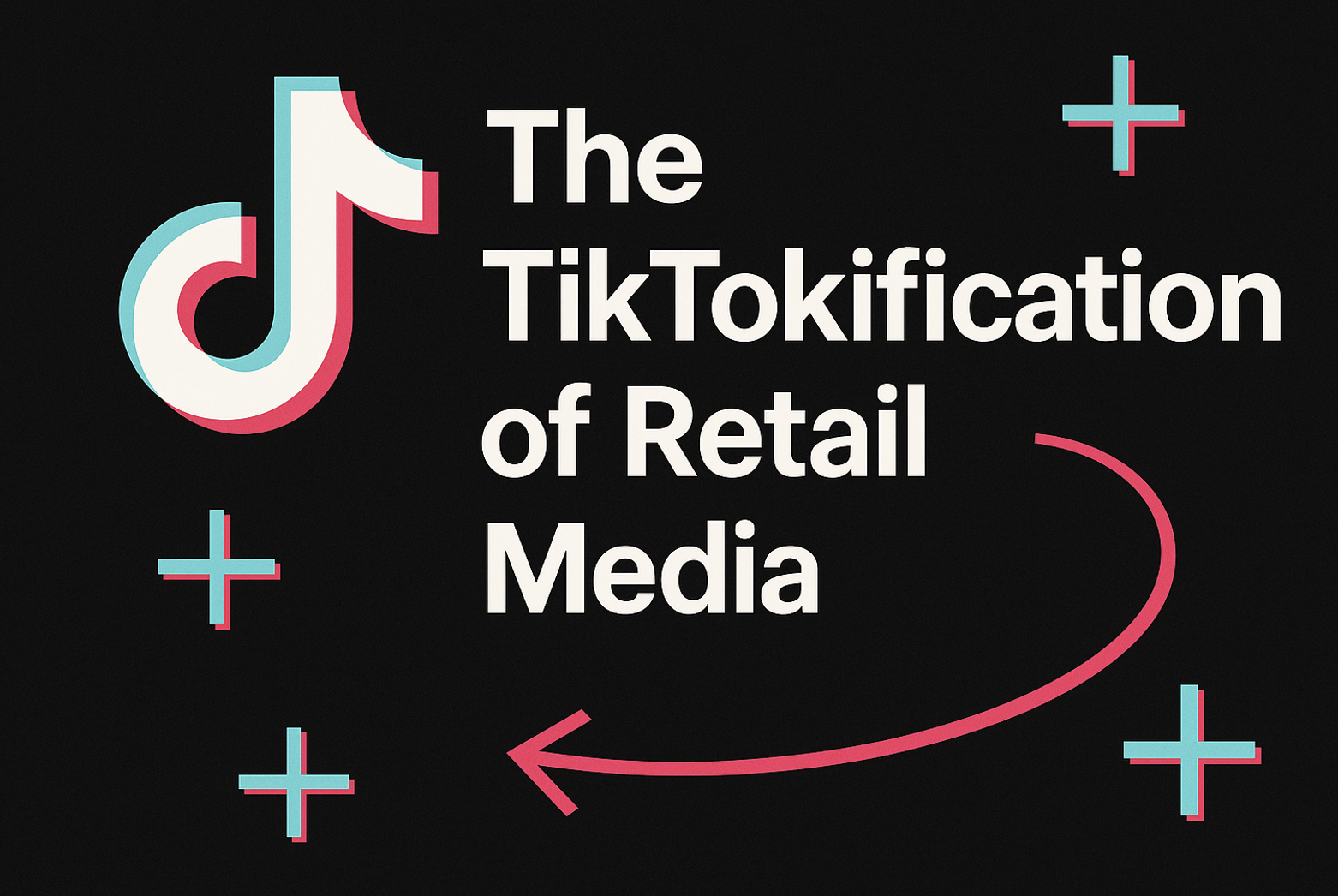Hotter Shoes, one of the UK’s biggest footwear manufacturers with more than 4 million customers globally, has launched a new website as it prepares to expand into Europe and the US – and it is using headless commerce to make the site as adaptable as possible.
Headless commerce is an ecommerce systems architecture that bypasses the need for webpage templates to deliver content, delivering them directly to devices using APIs.
This means that it is much easier for ecommerce platforms to deliver content, checkouts and payment pages to any device – from mobile to wearables, to voice devices and social media.
For Hotter Shoes this has been crucial in revamping its online store, significantly reducing operating costs and cutting page load speeds by up to 50%. It has also added a 37% increase in revenues.
Speaking on an InternetRetailing webinar, Hotter’s head of ecommerce, Rob Watson, explains how speed of content delivery and ease of use across devices – along with making it easier to navigate the site on any one device – are all crucial to conversion.
“We have seen speed cuts conversion and basket size. The harder it is to move around a site the less people buy,” Watson says.
Using headless, Hotter Shoes has seen bounce rate drop 8% and conversions rise by 49%.
The retailer worked with Wunderman Thompson Commerce and HCL on the project – which it started before the lockdown – and has seen the move to headless and the resultant revamp of the website, play a vital role in upping sales during the pandemic.
“We have the platform in running since early June and we have seen sales rise,” says Watson. “We have huge capacity to grow, as it puts us in a good position to grow. There are two key reasons why headless is so powerful, is that it keeps the backend and front end consistent and it allows us to add more functions as we need them to the front end.”
One area that headless is taking the Hotter site is in servicing its older clients. Watson expands: “Historically, the ONS says that among people over 75, 47% haven’t used the internet in the last three months. We need to be able to offer sales to them. And the telephone offers a great potential here.”
As a result, Hotter is trialling a proof of concept that involves using the headless platform to take orders using voice commerce – but not via Alexa or Google Home, but via the phone.
This opens up ecommerce to an older demographic, but it also demonstrates, potentially, a whole new ecommerce channel.
“It offers a same sort of experience you get ringing any helpline, but rather than just directing your call based on what you say, our AI can also do visual search, take payments and take delivery details,” says Watson. “It’s very powerful and brings the Alexa like richness to the phone.”
According to Glen Burson, chief technology officer EMEA at Wunderman Thompson Commerce: “This shows just how headless can power multiple channels. Behind it you get access to the same APIs that drive your website, so everything is consistent: pricing, promotions, account information, checkout.”
Burson concludes: “Headless is one part of a wider architectural change. What Hotter did wasn’t just move to headless, they also upgraded to a new modern HCL commerce platform; they moved to the cloud using Google – so they could scale using modern containerisation capabilities – put in Amplience as a headless CMS; all as part of pushing the boundaries of the architecture to give more business agility.”








